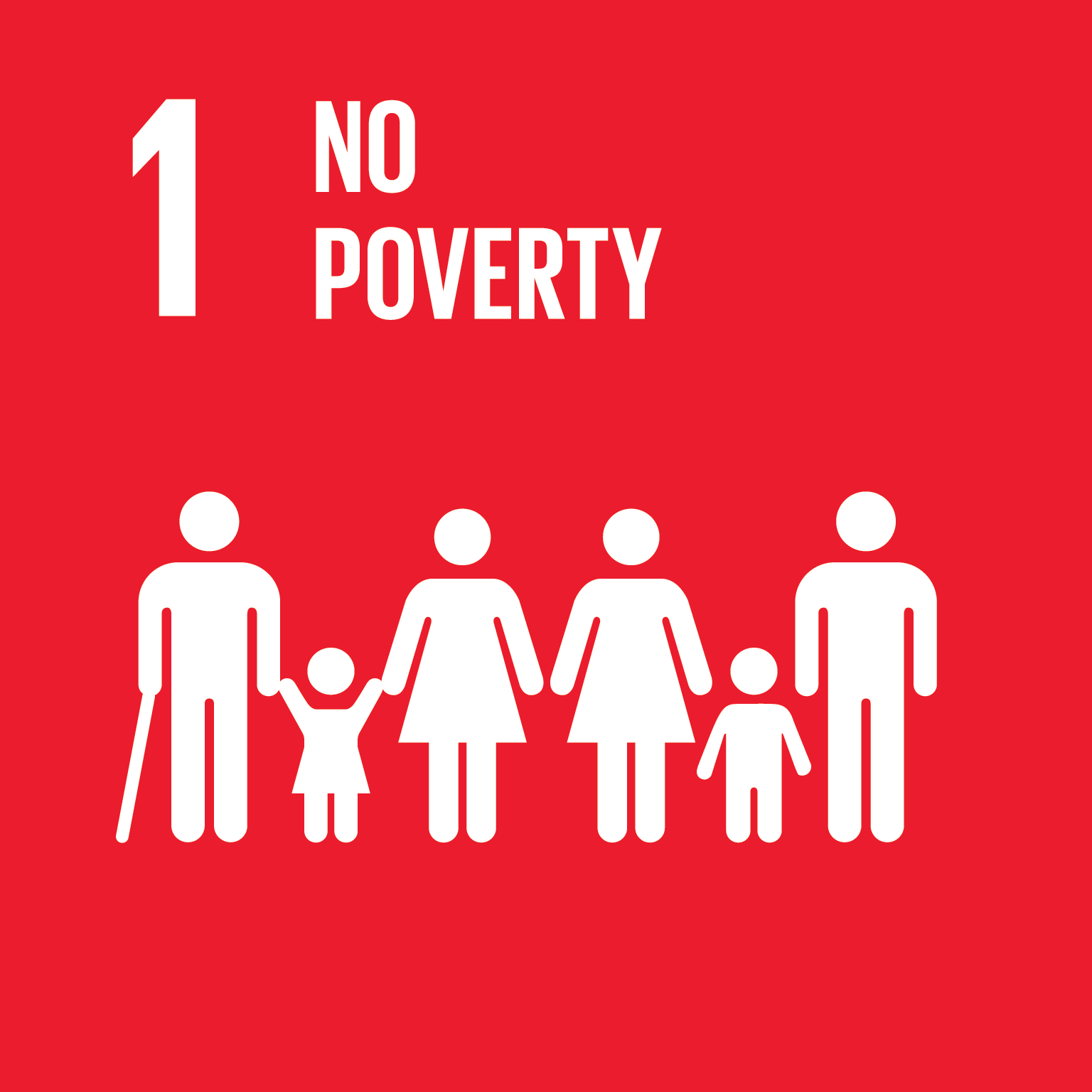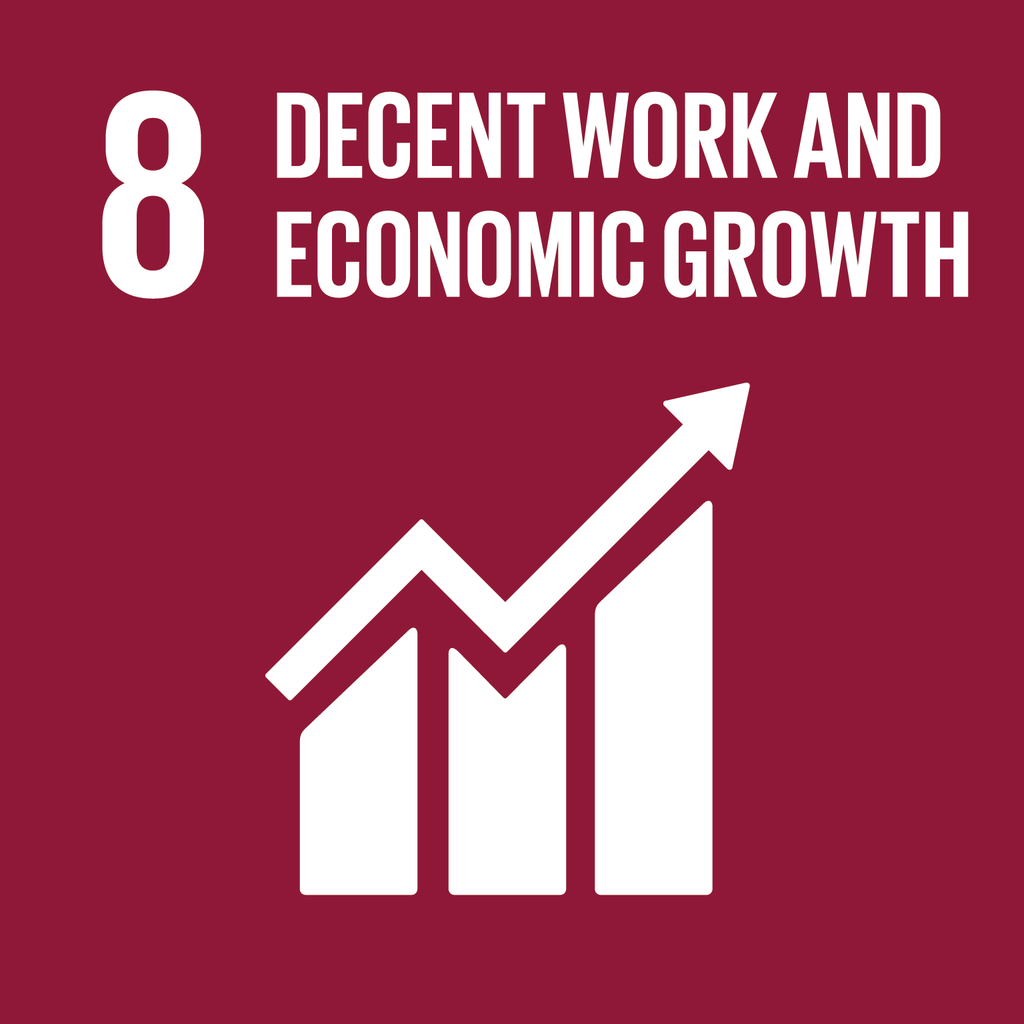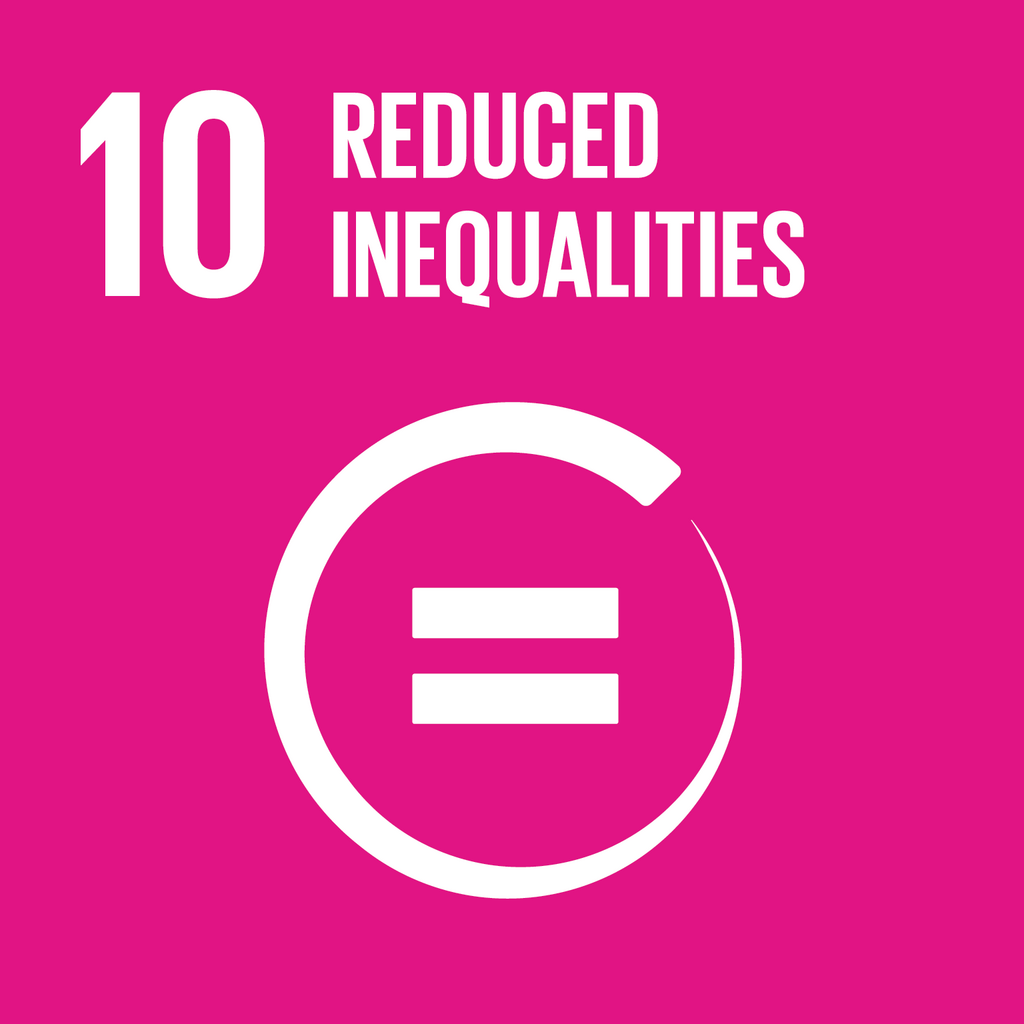What are Community Development Block Grants?
The Community Development Block Grant (CDBG) Program began in 1976 and is administered nationally by the U.S. Department of Housing and Urban Development.
CDBG’s principal objectives are to:
- Support low and middle income (LMI) communities, considering that a minimum of 70% of CDBG funds granted to a city/ state must be used directly to benefit LMI communities.
- Eliminate and prevent blight and slums.
- Meet urgent needs, such as responding to natural disasters.
These objectives are achieved by investing in community development projects to create sustainable and viable urban areas. CDBG funding is typically categorized into 7 different sections. Our project focused specifically on Neighborhood Improvements, Economic Development, and Public Services projects over the 2013-2019 fiscal years. The graph below illustrates funding allocations for our three CDBG categories over this time period.
Methodology
Our team developed a comprehensive plan of action to conduct an analysis and provide new insights on the CDBG program. We worked across three phases:
The first phase included a broad comparative research analysis. We focused on demographics, funding needs, and public issues across eight cities in the United States that receive CDBG funding to understand trends in implementation. The CDBG program aims to remedy the varied social and economic experiences of communities and people in cities. Researching these lived realities provided a foundation for our three categories of analysis: Economic Development, Neighborhood Improvement, and Public Services.
The second phase focused on grouping, mapping, and localizing our research categories in the context of Los Angeles. During the first six weeks, our team extracted and synthesized policies and program details from annual action plans. This allowed us to develop a comprehensive document depicting the implementation of CDBG dollars in L.A. Our matrix included program year, project name, council district, city department, and Chief Legislative Analyst/ City’s Attorney’s Office proposed budget. We utilised the existing HUD Matrix Code to categorize each project.
In the third phase, we identified potential alternative sources of funding for each CDBG-funded project. To do so, our team utilized Special Fund schedules from the City Budget and All City Funds dataset to identify the most relevant sources of funding for each individual project.
Outcomes
Neighborhood Improvements
Neighborhood Improvements (NI) refers to projects that contribute to the development of a sustainable and livable city, in line with the goals of SDG 11, through the construction of facilities for parks and recreation, healthcare, senior and youth citizens, people experiencing homelessness, and street improvements. The distribution of NI funds by subcategory is shown in the graph below.
The City of Los Angeles allocates the largest portion of its CDBG funding towards Neighborhood Improvement projects each year.
As seen in the graph below, Parks and Recreational Facilities, Neighborhood Facilities, and Street Improvements are consistently the most-funded subcategories. On the other hand, Homeless Facilities, Health Facilities, Senior Centers, and Youth Centers remain the least-funded subcategories through CDBG projects.
In our research to find alternative public funding sources that could be applied to CDBG projects, we found that the same categories receiving the most CDBG funds also have the most alternate public funding available. Consequently, we recommend that the City consider redirecting CDBG funds to projects in subcategories that are not eligible for alternative sources of funding, although further research is needed to determine exact eligibility.
For example, CDBG dollars were used to fund a project called “Sun Valley Street Lighting” for four years, totaling approximately $2.6 million. This investment could instead be funded by the Street Lighting Maintenance Assessment Fund, which has a cash balance of $48 million. Implementing recommendations like this would allow for extra CDBG funding to be used in other projects which do not have as many alternate funding sources readily available.
Besides categorizing by project type, we were also able to identify the City departments that receive the most CDBG dollars for projects. As seen in the graph below, the Housing and Community Investment Department (HCIDLA), Public Works (PW), and Recreation and Parks (RAP) are the city departments that manage the most CDBG funds.
Projects funded through HCIDLA, PW, and RAP frequently receive large amounts of funding over multi-year periods as these departments manage and implement many neighborhood improvement projects. Based on our research, we recommend that the City investigate the possibility of building ongoing projects into the City departments’ base budgets to make more CDBG funding available for new projects.
Economic Development
All CDBG dollars used to fund projects in the Economic Development (ED) category are allocated through the Economic and Workforce Development Department (EWDD). Over the past seven years, 70% of CDBG ED funding supported direct technical assistance, including, but not limited to, business development, marketing, and business services referrals. Direct financial assistance and micro-enterprise assistance accounted for 17% and 6% respectively and represent specific incubator projects, loans, and grants for micro-businesses. Most ED projects are implemented citywide. Additionally, we found that some example projects, as shown below, have received incremental CDBG funding over the past few years which accounts for a relatively large portion of the grand total. Most ED projects are in line with SDG 8 to achieve decent work and economic growth by 2030.
We recommend that the City analyze the possibility of building ongoing projects into the EWDD base budget. This would allow for that portion of CDBG grants to be used as catalyst funding for other pending projects which serve the immediate needs of communities in Los Angeles.
Public Services
Public Services (PS) refers to projects that provide employment, health, housing, or other general community-based services that are either new to a CDBG entitled state or city, or provide a quantifiable increase in the level of existing services within the state or city. Public Services is the only category with a mandated cap on the percentage of distributed funding, at 15%.
As shown in the following figure, the general distribution of CDBG funding into Public Services has decreased in the variation of services funded since PY 39.
A large proportion of CDBG PS funding goes toward the subcategory of “Other Public Services”. We recommend further disaggregating this broad category to reflect how CDBG funding is distributed within Los Angeles.
Our analysis of CDBG project distribution revealed that while PS projects are funded through a variety of city departments, HCIDLA and the Department of Aging have consistently been awarded PS projects over the seven years.
Therefore, we recommend that the City analyze the potential of building CDBG PS projects that are consistently funded by these two departments to be built into their base departmental budgets. This would allow for more CDBG dollars to be allocated to new projects, while remaining within the 15% CDBG budget cap.
Why is this important and what can be concluded?
The City of Los Angeles and its safety net services serve as the first source of access for many families living in Los Angeles -- specifically those in low to moderate income communities. Because Los Angeles is federally entitled to CDBG funding, it is imperative that the City examines how and where these resources can be allocated more effectively.
Our overlying recommendations are:
- Identify projects that are funded consistently through CDBG funds and build that funding into the base budgets of the relevant City departments to free up CDBG dollars to be used as catalysts for new projects.
- Utilize alternative public funding sources to build resilience into safety net programs and increase the ability to respond to the immediate needs of the LMI communities.
- Analyze how to use public funding to coordinate and encourage private investments that support self-sufficient business activities in Economic Development projects.
- Disaggregate the use of “other” in Public Services projects to allow for further consistency in project investments, hence freeing up more resources to respond to the most important needs of the LMI community.
The CDBG grant scheme advances the Sustainable Development Goals by improving the quality of life for communities across Los Angeles. By effectively administering CDBG funding locally, the City of Los Angeles can implement programs that advance equity and accessibility in economic opportunities, housing, and public services.




